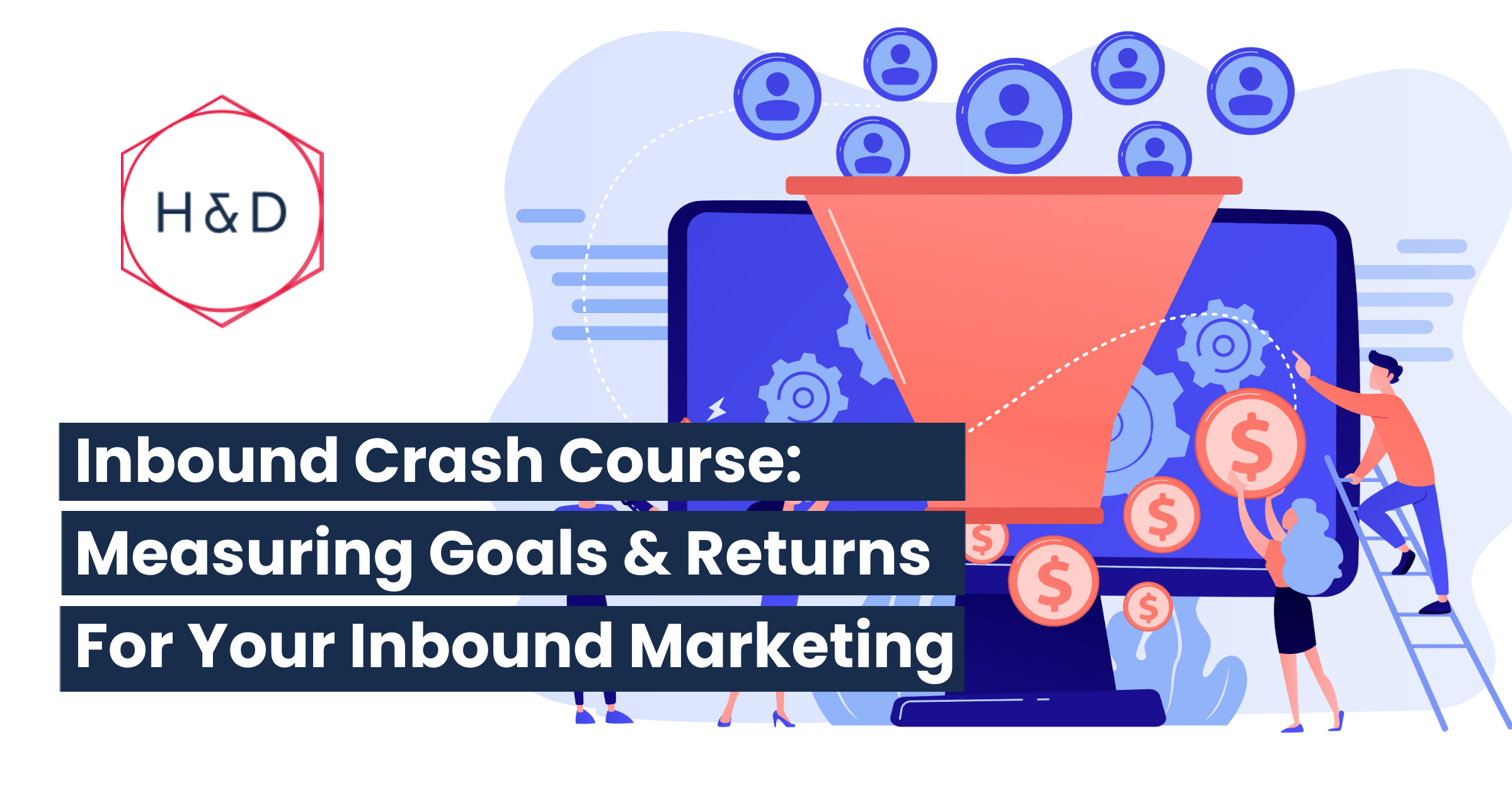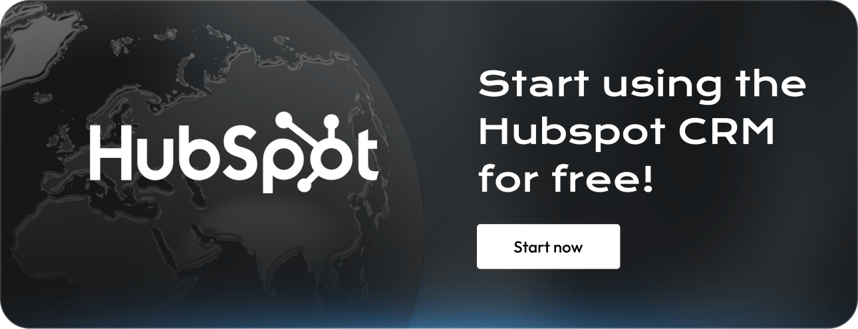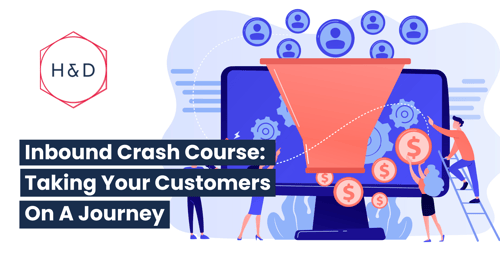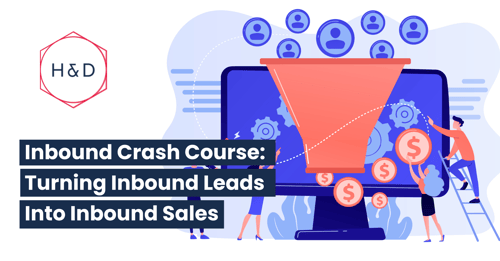
I’m Romi Dexter, Founder and Director of Hype & Dexter.
In this post I will walk you through setting SMART goals and calculating your return on marketing investment (or ROMI!).

Creating SMART goals
Goals are great, but they count for nothing if you don’t have a clear sight of what they are, how to achieve them, and what success looks like. So we recommend setting SMART goals for all your marketing efforts.
You might be familiar with the concept of a SMART goal but, even if so, it always pays to remind ourselves what it means and how to set them.
SMART goals are:
Specific: Real numbers with real deadlines. Don't say, "I want more visitors."
Measurable: Make sure that you can track your goal. Don't hide behind soft metrics such as "brand engagement" or "social influence."
Attainable: Work toward a goal that is challenging but possible. Don't try to take over the world in one night.
Realistic: Be honest with yourself, because you know what you and your team are capable of. Don't forget any hurdles you may have to overcome.
Time-bound: Give yourself a deadline. Don't keep pushing towards a goal you might hit "some day."
SMART goal setting template
We’ve put together a goal setting template to help you set SMART goals for your organisation:
Ready to set your SMART goals? Great! We’ve made it super easy for you with this handy template:
To use this template:
- Enter a date to deliver your goals by. Typically this will be around 12 months from when you are aiming to kick-off your inbound program
- Select from our collection of typical digital marketing goals, or enter your own goal
- Enter your current numbers
- Enter your target numbers
- Our template will create a SMART goal for you
Achieving your goals
Once you set your goals it is important that they are constantly front of mind, some easy ways to achieve this are:
- Make sure that you include your relevant goals whenever briefing new campaigns or changes to your digital properties.
- Include your goals and how you are tracking to these in your dashboards and monthly reports.
- Regularly review how you are progressing against goals and put in action plans to address if you are falling behind targets.
Understanding ROMI
So, a funny and totally coincidental thing is that my name is also an acronym for what we do everyday at H&D - that is delivering a Return On Marketing Investment. It’s important to calculate this BEFORE your campaign is underway, rather than just at the end. Why?
Marketers that calculate ROI are 1.6 times more likely to receive higher budgets.
(HubSpot, 2016, Source)
72% of organisations that calculate ROI say their marketing strategy is effective.
(HubSpot, 2016, Source)
ROMI is used to measure the overall effectiveness of your marketing campaign so you can optimise and allocate budget for the best results. This informs both current campaigns and future strategies – so it’s pretty useful!
“With the right data and analytics, marketers can deliver between 8% - 15% increased revenue, profit and market share without any increase in marketing investment”
ROMI expert, Guy R. Powell.
You'll often see formulas for calculating ROMI that require you to calculate your uplift first, which means crunching a whole lot of numbers just to come up something you can plug into the equation. So, as we like to keep things simple here, let us show you how we do it..
How to calculate ROMI the simple way!
ROMI =
revenue - cost
–––––––––––––
cost
The additional revenue is the incremental gain generated by your campaign, over and above the baseline. Divide that by what you've spent on the campaign to get your ROMI figure, EG:
$12,000 (revenue) - $2,000 (cost of campaign)
–––––––––––––––––––––––––––––––––––––––
$2,000 (cost)
= 5
So your ROMI in this example is the ratio that we also aim for, 5:1. And that’s it! No need to average out your profit margins just to get your ROMI (we're assuming you have at least a 20% margin so a 5:1 ratio means you have a positive result). Easy.
Which customers are going to help you achieve your goals?
Now that you know what you want to achieve, it’s time to identify what your ideal customers look like – and how you can attract and convert them to help meet your business goals.
In our next Post, Alex will walk you through creating ideal customer personas and how they can be used to help you connect and convert your real customers.
Talk soon,
Romi Dexter





